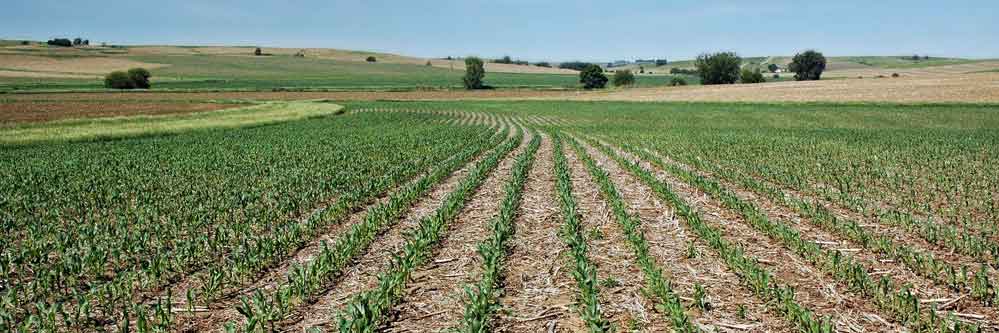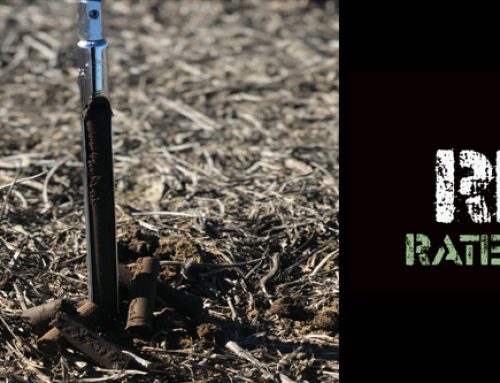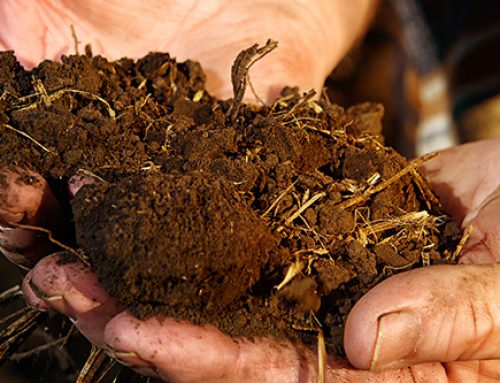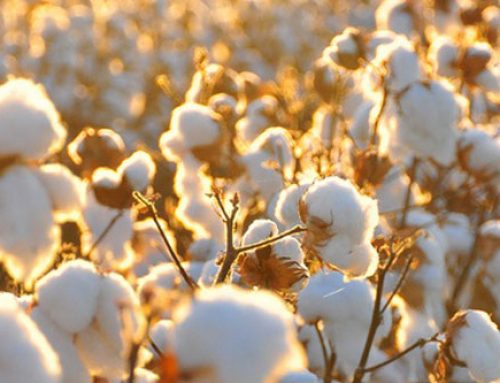I came across an article in the Noble Foundation’s Ag News & Views Newsletter, a number of years ago, that does a very good job of explaining what organic matter actually does in the soil. Much of this article was taken from that particular article.
Most of us have a general sense that organic matter is a good thing and it does good things for the soil, such as aiding in reducing compaction and soil crusting, increasing water infiltration into the soil, and serving as a nutrient and soil water reservoir. Organic matter helps to form soil aggregates by causing the soil to clump together and it helps to hold and maintain that soil structure. Because of the increased ability for water infiltration due to the soil aggregation and permeability (infiltration of water through the soil), it also aids in the prevention of soil erosion.
When we talk about organic matter, what exactly is it, and how can we prevents its loss, or increase the amount in the soil? When we speak of organic matter, many times we are actually referring to organic material. What is the difference between organic matter and organic material? Organic material is anything that was alive, but is now in or on the soil, such as plant residue, manure, leaves, roots, etc. Organic material is unstable in the soil and decomposes while changing form and mass. As much as 90 percent of it disappears due to decomposition.
On the other hand, organic matter is stable in the soil and resists further decomposition. Organic matter is made up of humus, which is organic material that has been converted by microorganism to a fairly resistant state of decomposition. Only about five percent mineralizes yearly, but this can be increased with higher soil temperatures, moisture, and oxygen that are favorable for decomposition.
Because of the decomposition of organic material to humus, then to organic matter, it takes at least ten pounds of organic material to decompose to one pound of organic matter. In other words, it would take about 100 tons per acre of organic material applied to the soil to add or change the organic matter level of the soil by one percent in the top six inches.
Building or maintaining soil organic matter is a long-term process. This can be accomplished by reducing or eliminating tillage, preventing erosion, using proper fertilization, the use of cover crops, or the addition of manure or compost. Any farming practice that aids in the prevention or loss of organic matter due to erosion or further decomposition and promotes additional plant residue in or on the soil, will be beneficial in maintaining soil organic matter.
Written by: Ron O’Hanlon, Dodge City, KS
Featured Image by: Natural Resources Conservation Service Soil Health Campaign, No-till Corn Into Beans for Soil Health, flickr.com




